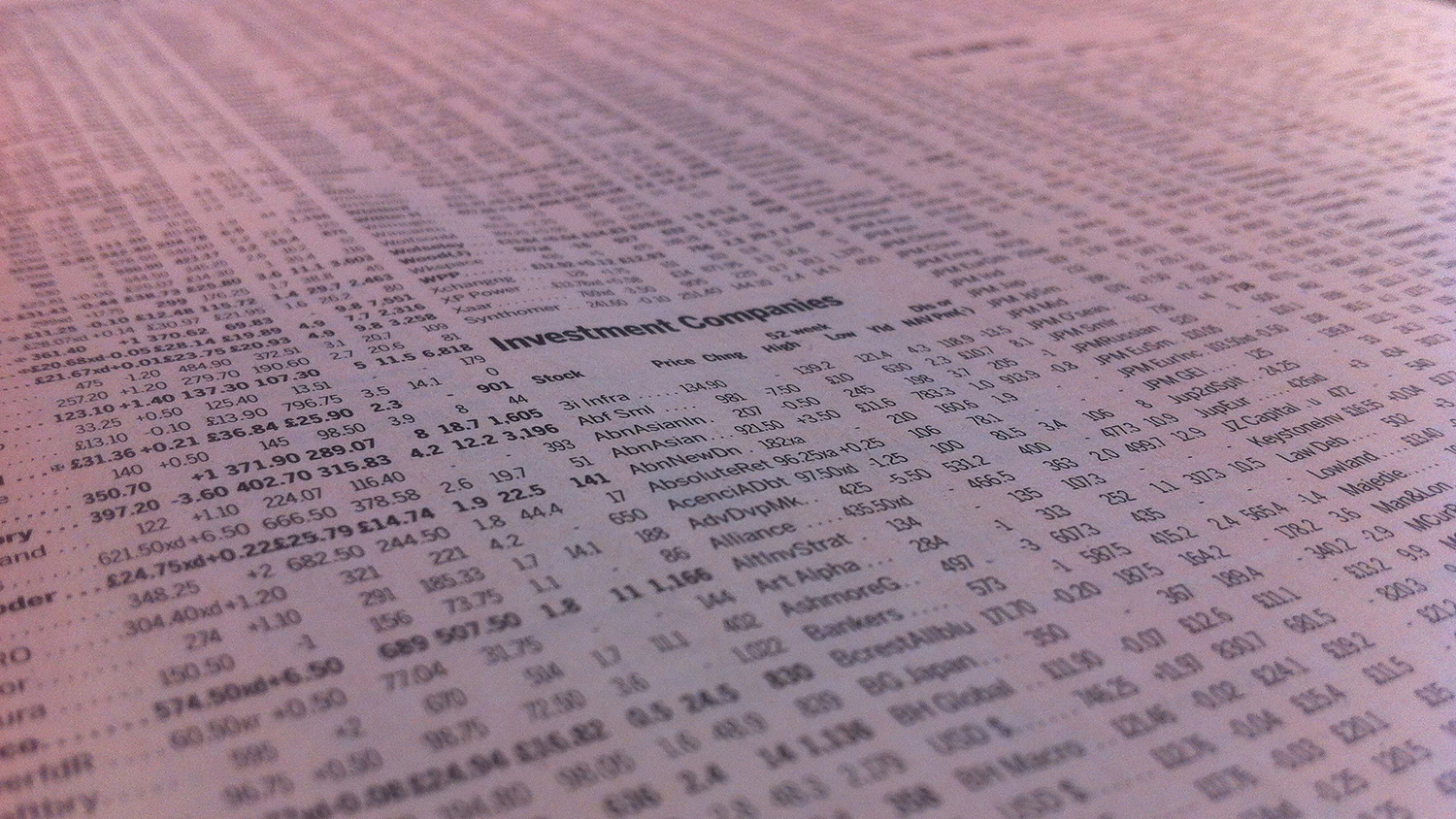
A recent study finds that the more a company’s earnings diverge from its non-financial resources, the less likely it is to issue a forecast of its annual earnings. For companies that issue a forecast, the larger the disconnect between a company’s earnings and its key non-financial measures, the more the company overestimates its actual performance.
“Companies often issue forecasts of annual earnings to manage the expectations of investors and the market – but it’s not a requirement,” says Joe Brazel, lead author of the study and Jenkins Distinguished Professor of Accounting in North Carolina State University’s Poole College of Management.
“We were curious about what drives corporate forecasting decisions, and focused on earnings data and non-financial measures.”
Non-financial measures refer to quantifiable, non-monetary aspects of a business that relate to the company’s capacity and performance. These measures include things like the square footage of a company’s facilities, number of employees and number of customers.
For this study, researchers evaluated data from 659 publicly traded companies. The researchers collected 3,786 non-financial measures, or just under six per company. Specifically, the researchers compared each company’s earnings changes to median changes in its non-financial measures. This comparison resulted in a metric that the researchers called the DIFF, which represented the level of divergence between non-financial measures and actual earnings.
“We found that the greater the DIFF, the more likely companies were to avoid forecasting,” Brazel says. “This was true whether earnings outpaced non-financial measures, or vice versa. And it makes sense; the larger the DIFF, the more uncertainty a company is likely facing.”
The researchers also found that DIFF could predict forecast errors among those companies that chose to issue forecasts. Specifically, the larger the DIFF, the more a company’s forecast overestimated its actual earnings.
“This was somewhat surprising,” Brazel says. “You would expect a company with a high DIFF to make a conservative forecast estimate, but we found the opposite to be true.
“The takeaway from this study is that companies with a high DIFF that chose not to issue a forecast were smart,” Brazel says. “Because companies with a high DIFF that did forecast ended up being inaccurate. And the market punishes inaccuracy.”
The paper, “How the Interplay between Financial and Non-Financial Measures Affects Management Forecasting Behavior,” is published in the Journal of Management Accounting Research. The paper was co-authored by Bradley Lail of Baylor University.

